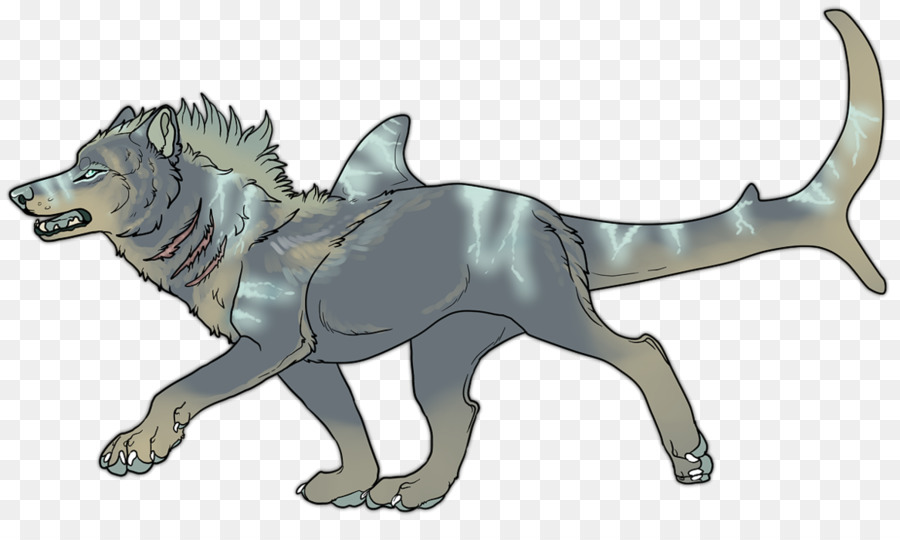Selacanine: The Shark dog
[Sell-ah-can-eye-n]
Shark dogs are amphibious creatures of Sorenthis' few aquatic habitats. These majestic creatures are often coveted for their hunting capabilities, being able to detect blood at distances exceeding 800 feet.
Interestingly, Selacanines have more in common with rays than sharks.
Basic Information
Dietary Needs and Habits
Shark dogs are carnivorous hunters who sprint across land and glide under water to catch whatever prey they can get their jaws around.
Additional Information
Domestication
First domesticated by sailors throwing treats into the ocean, Shark dogs are a medium level pet. For those who are close enough to the sea or own somewhere wet the Selacanine can sleep, they are wonderful companions, known to be sweet to children, hunt alongside their masters, and even act as rescue animals, Selacanines are typically acknowledged to be good pets.
Perception and Sensory Capabilities
Their eyes adapt for natural dark vision, allowing them to hunt at night or underwater. While underwater, a second eyelid protects the surface eyes from damage and allows for easier focusing in murky depths.
They have two sets of ears, the wolf-like ones up top, and a second pair lower on their skull near their jaw. The second pair are mostly just holed bored into the skull that allow them to hear vibrations in the water or sand by burying their heads.
Their nose is their most desirable feature, large olfactory senses coupled with gills allow them to pinpoint most smells incredibly reliably, mythologically "Blood at 800 feet."
Lifespan
30 years
Average Height
3 feet
Average Weight
160 lbs
Average Length
4-6 feet
Body Tint, Colouring and Marking
Typically matching the environment they grew up in, prominent colors are grey, blue, and white, but breeders have found that Selacanines growing up near specific land masses such as red sands, pink or yellow corals, and so forth grow their fur to match their surroundings.
The creature itself often chooses their environment in the wild, which dictates their coat, eye, and fin colors, but breeders will often prepare specific environments for their stock to grow specific colors or markings.
Remove these ads. Join the Worldbuilders Guild












Comments